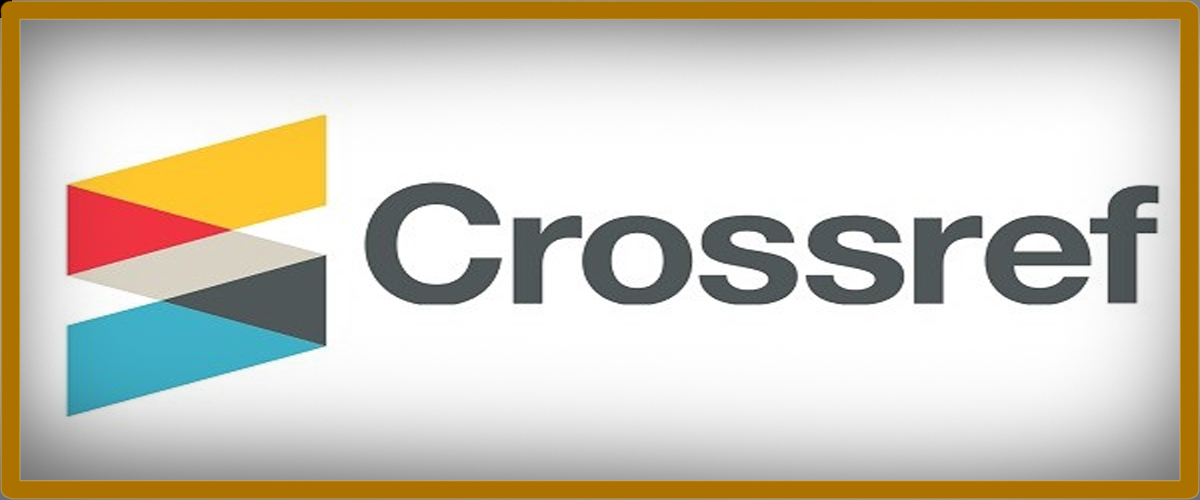Improving Fine Motor Skills Through Collage Creation At Tunggak Jati Preschool, Gegesik District, Cirebon Regency
Keywords:
collage activities, fine motor skills, college creationAbstract
His research is based on the results of initial observations of children aged 5-6 years at PAUD Tunggak Jati, Gegesik District, Cirebon Regency, which show that children's fine motor development is still low due to inappropriate and less than optimal learning methods. To overcome this problem, researchers attempted to apply learning through collage activities. The aim of this research is to improve the fine motor skills of children aged 5-6 years at PAUD Tunggak Jati, Gegesik District, Cirebon Regency, through collage activities. The research methodology used in this research is classroom action research. Data is collected through observation and documentation of each research process and activity. Data analysis was carried out using qualitative analysis methods, which included data triangulation, diligent observation, and discussions with colleagues. Apart from that, qualitative analysis also uses class average and percentage formulas. This research shows the following results: 1. Before implementing learning through collage activities, the improvement in fine motor skills in children aged 5-6 years in PAUD Tunggak Jati, Gegesik District, Cirebon Regency had not developed as expected. 2. Implementation of actions to improve fine motor skills in children aged 5-6 years at PAUD Tunggak Jati, Gegesik District, Cirebon Regency, is carried out as part of the learning implementation plan and implemented in learning activities at school. In the first cycle, learning is through collage activities using collage media such as leaves, origami paper and glue. Meanwhile, in the second cycle, learning uses collage media in the form of dry leaves, seeds and origami paper. 3. Improvement of fine motor skills through collage activities in the 5-6 year age group at PAUD Tunggak Jati, Gegesik District, Cirebon Regency showed significant improvement after the action was carried out. In the pre-cycle, the improvement in fine motor skills only reached 31.6% (BB), then increased to 56.1% (MB) in cycle I. After improvement in cycle I, cycle II showed an increase of up to 88.3% (BSH) , which exceeds the minimum achievement in this study, namely >80%. Therefore, this action was considered successful and was stopped in cycle II. In conclusion, the fine motor development of children aged 5-6 years in PAUD Tunggak Jati, Gegesik District, Cirebon Regency showed improvement through learning collage activities using dry leaves, seeds and origami paper


















